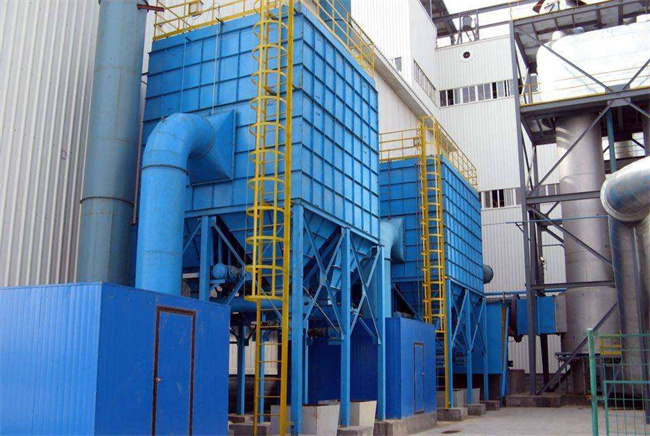 Industrial dust collectors play a crucial role in maintaining a clean and safe working environment by capturing and filtering airborne particles generated during manufacturing processes. Two essential components of an industrial dust collector are the air ducts and the filter bags.
Industrial dust collectors play a crucial role in maintaining a clean and safe working environment by capturing and filtering airborne particles generated during manufacturing processes. Two essential components of an industrial dust collector are the air ducts and the filter bags.
Selection of Air Ducts:
Material: The choice of material for air ducts depends on the type of dust particles and the operating conditions. Common materials include galvanized steel, stainless steel, and PVC. Galvanized steel is suitable for general applications, while stainless steel is preferred for corrosive or high-temperature environments. PVC is often used when chemical resistance is required.
Diameter and Design: The diameter of the air ducts should be selected based on the airflow volume and velocity required for effective dust collection. The design of the ducts should minimize turbulence and pressure drops. Smooth bends, gradual transitions, and proper sizing help to maintain efficient airflow.
Insulation: In some cases, insulation may be necessary to prevent condensation and maintain the desired temperature within the ducts. Insulated air ducts can help reduce energy loss and improve system efficiency.
Selection of Filter Bags:
Filtration Efficiency: The filtration efficiency of the filter bags determines their ability to capture dust particles of different sizes. High-efficiency filter bags are essential for industries dealing with hazardous or fine particles. The filtration efficiency is typically expressed as a percentage, indicating the percentage of particles removed from the air.
Material: Filter bags are available in various materials such as polyester, polypropylene, and PTFE (polytetrafluoroethylene). The material should be selected based on the type of dust and the required filtration efficiency. For example, polyester filter bags are suitable for general dust collection, while PTFE filter bags are preferred for high-temperature or chemically aggressive environments.
Bag Design: The design of the filter bags influences their performance and service life. Factors to consider include the bag shape, size, and construction. Bag shapes can vary from tubular to envelope-style, and the choice depends on the specific application. Reinforced seams and proper sealing mechanisms help prevent leaks and ensure efficient dust capture.
By considering these factors, industries can optimize their dust collection systems, improve air quality, and promote a healthier work environment.

 Español
Español Русский
Русский Tiếng Việt
Tiếng Việt 中文
中文 suomi
suomi Français
Français Português
Português English
English Deutsch
Deutsch Français
Français Español
Español Italiano
Italiano Português
Português Pусский
Pусский


